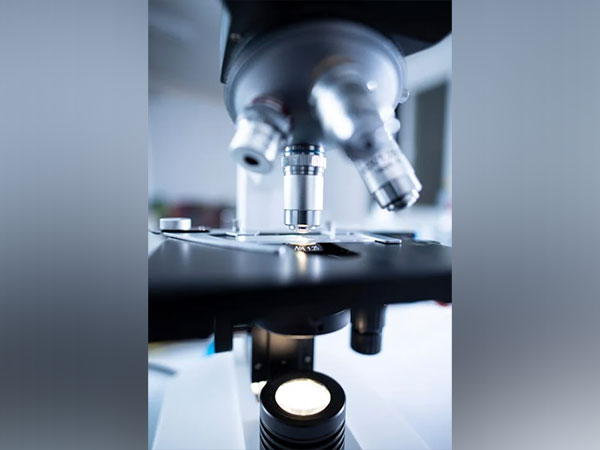Linkoping [Sweden], December 8 (ANI): “Our results have no clear or direct application right now. It’s basic research that lays the foundation for future technologies in quantum information and quantum computers. There’s enormous potential for complete discoveries in many different research fields,” said Guilherme B Xavier, a researcher in quantum communication at Linkoping University, Sweden.
However, we must begin at the beginning in order to comprehend what the researchers have demonstrated.
One of the most irrational–yet essential–features of quantum mechanics is that light may be both particles and waves. We refer to this as wave-particle duality.
The theory dates back to the 17th century when Isaac Newton suggested that light is composed of particles. Other contemporary scholars believed that light consists of waves. Newton finally suggested that it might be both, without being able to prove it. In the 19th century, several physicists in various experiments showed that light actually consists of waves.
But around the early 1900s, both Max Planck and Albert Einstein challenged the theory that light is just waves. However, it was not until the 1920s that physicist Arthur Compton could show that light also had kinetic energy, a classical particle property. The particles were named photons. Thus, it was concluded that light can be both particles and waves, exactly as Newton suggested. Electrons and other elementary particles also exhibit this wave-particle duality.
But it is not possible to measure the same photon in the form of a wave and a particle. Depending on how the measurement of the photon is carried out, either waves or particles are visible. This is known as the complementarity principle and was developed by Niels Bohr in the mid 1920s. It states that no matter what one decides to measure, the combination of wave and particle characteristics must be constant.
In 2014, a research team from Singapore demonstrated mathematically a direct connection between the complementarity principle and the degree of unknown information in a quantum system, the so-called entropic uncertainty. This connection means that no matter what combination of wave or particle characteristic of a quantum system is looked at, the amount of unknown information is a least one bit of information, i.e. the unmeasurable wave or particle.
Researchers from Linkoping University together with colleagues from Poland and Chile have now succeeded in confirming the Singapore researchers’ theory in reality with the help of a new type of experiment.
“From our perspective, it’s a very direct way to show basic quantum mechanical behaviour. It’s a typical example of quantum physics where we can see the results, but we cannot visualise what is going on inside the experiment. And yet it can be used for practical applications. It’s very fascinating and almost borders on philosophy,” added Guilherme B Xavier.
In their new experiment set-up, the Linkoping researchers used photons moving forward in a circular motion, called orbital angular momentum, unlike the more common oscillating motion, which is up and down. The choice of orbital angular momentum allows for future practical applications of the experiment, because it can contain more information.
The measurements are made in an instrument commonly used in research, called an interferometer, where the photons are shot at a crystal (beam splitter) that splits the path of the photons into two new paths, which are then reflected so as to cross each other onto a second beam splitter and then measured as either particles or waves depending on the state of this second device.
One of the things that makes this experiment set-up special is that the second beam splitter can be partially inserted by the researchers into the path of the light. This makes it possible to measure light as waves, or particles, or a combination of them in the same set-up.
According to the researchers, the findings could have many future applications in quantum communication, metrology, and cryptography. But there is also much more to explore at a basic level.
“In our next experiment, we want to observe the behaviour of the photon if we change the setting of the second crystal right before the photon reaches it. It would show that we can use this experimental set-up in communication to securely distribute encryption keys, which is very exciting” shared Daniel Spegel-Lexne, PhD student in the Department of Electrical Engineering. (ANI)
Disclaimer: This story is auto-generated from a syndicated feed of ANI; only the image & headline may have been reworked by News Services Division of World News Network Inc Ltd and Palghar News and Pune News and World News
HINDI, MARATHI, GUJARATI, TAMIL, TELUGU, BENGALI, KANNADA, ORIYA, PUNJABI, URDU, MALAYALAM
For more details and packages











